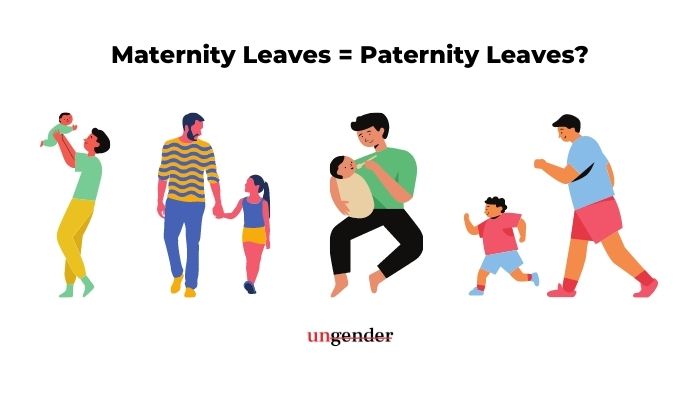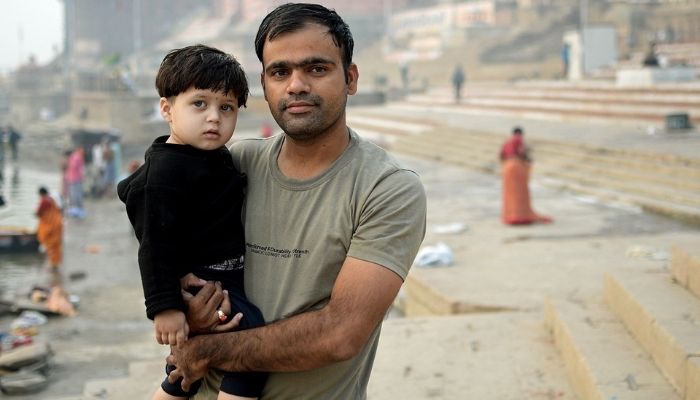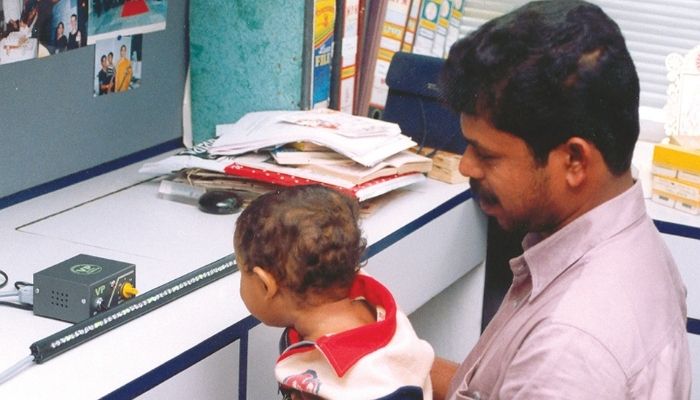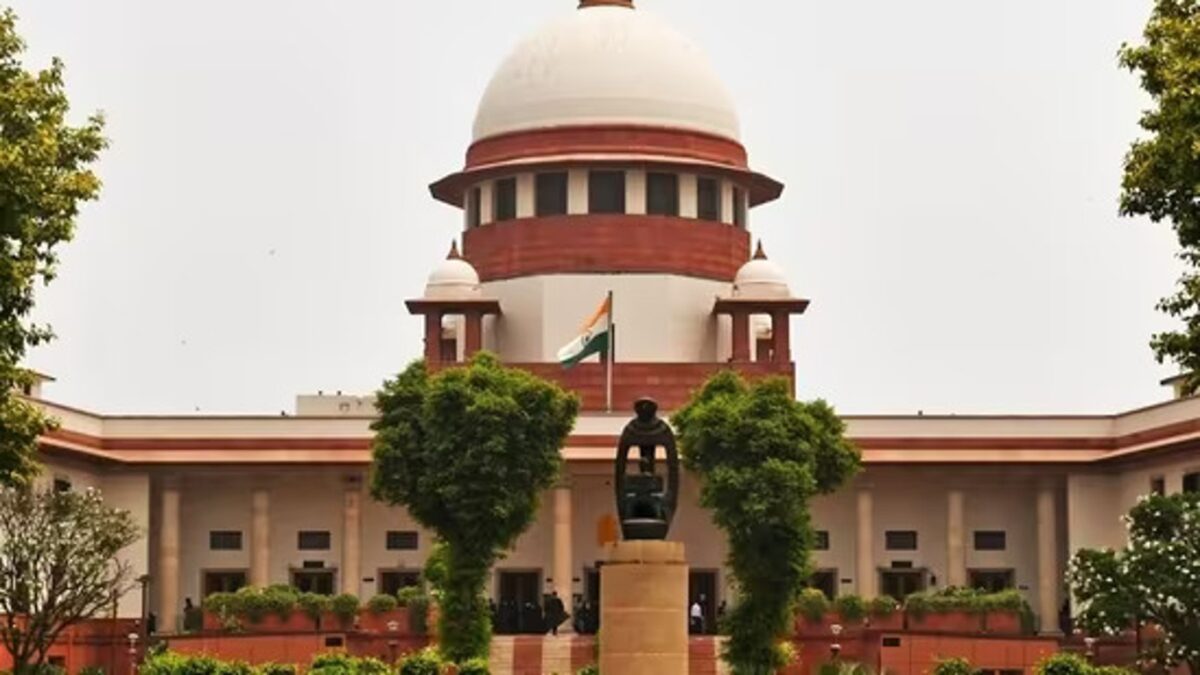Explained: Why India Needs Paternity Leaves

Written By: Avanti Deshpande
Virat Kohli, ace cricketer, the Indian men’s cricket team captain and the most followed Indian on Instagram is in the news for a rather surprising reason – he’s decided to take paternity leave and will be returning early from India’s tour in Australia this year. His decision is a very welcome one and one that more Indian fathers need to think of more urgently.
The gendered division of labour is one of the primary hurdles towards gender equality, and a more egalitarian society in general. The ‘men as sole breadwinners’ model is an outdated concept at the least and a deeply orthodox one at worst. Society has changed drastically but some stereotypes are so deeply entrenched in the public consciousness that only tangible steps will help us advance towards achieving gender equality, and adopting paternity leave is one of them.
Why Do We Need A Paternity Leave Policy?
Paternity leave is a short period of leave for the father to take immediately following childbirth to help care for the child and assist the mother, whereas parental leave is a longer period of leave granted to look after the infant child, usually after the expiration of paternity/maternity leave.
Most working new mothers (for those who can make that choice) opt for maternity leave either just before the birth or after childbirth, which paves the way for at least their temporary, and sometimes their permanent exit from the workplace.
On the other hand, not many fathers experience much difference in their employment and workplace situation after their child is born, which may either be voluntary by not taking time off or involuntary, where there are simply no policies and no support systems in place which would enable them to take such leave. This structural difference is one of the key components that influence gender dynamics both in the workplace and at home.
Lack of paternity leave not only robs new fathers of the crucial chance to bond with their newborn child but also reinforces women’s role as the primary caregiver and underpins the belief that child care is predominantly the mother’s job. The question that faces us and also the government (on whom lies the onus to bring legal reform) – isn’t childcare a responsibility that should be equally shared by both parents? However, by having only a strong Maternity Benefit Act which grants new mothers up to 26 weeks of paid leave, and no law at all on paternity leave, the effect is quite the opposite.



Paternity leave is a way to directly address the gender dynamic that prevails both at the workplace and at home. The undue burden of childcare that is placed on women at home is bound to, and does spill over into their workplace and professional lives. The natural effect of it is that it puts hurdles across women’s careers (further exacerbated by the Covid-19 pandemic) might slow their growth prospects while some women might choose to quit altogether, contributing to the already abysmal workforce participation of women.
Another major benefit that accrues from paternity leave is that it eases pressure and stigma from women at the workplace, as they no longer are the only ones who are taking leave for child care purposes. Paternity leave is also one of the solutions which can help in ending the “motherhood penalty”. The motherhood penalty is a term that describes the disadvantages that women with children face as compared to women who don’t in workplaces.
By only having maternity leaves and not giving due consideration to paternity leave, the stereotype that women belong at home, taking care of children is reinforced. By no means is the introduction of paternity leave a panacea for gendered workplaces, but it will be a significant step in combating and overcoming stereotypes which will give much needed support to women while they work and prevent them from quitting the workforce after having a child(ren).
Legal Aspects of Paternity Leave in India
There is no specific or explicit law for paternity leave in India. Maternity leave is governed by the Maternity Benefit Act, 1961 which was last amended in 2017 to enhance the period of maternity leave to 26 weeks from the previous 12 weeks. The Central Civil Service (Leave Rules), 1972 allows for 15 days of paid paternity leave before childbirth or up to 6 months from the date of the delivery of the child. In 2009, the Delhi High Court took a progressive stand and declared that all male employees of unaided recognised private schools were entitled to paternity leave, and directed the school in question to refund the amount which was deducted from the teacher’s salary.
An attempt was made to introduce a pan India legislation on paternity leave in 2017 as a private member’s bill in Lok Sabha, but it was not successful. The Paternity Benefit Bill, 2017, provided for a paid leave of fifteen days which could be availed up to three months from the date when the child was born. It also included an adopted child below the age of three months and applied to men in the organised i.e. private as well as unorganised sectors.



The Statement of Objects and Reasons of the Bill affirms that “Child care is the joint responsibility of both the mother and the father” and iterates how a paternity leave policy can help in incremental attitudinal changes to remove distinctions created by gender roles, which displays progressive and urgently needed outlook on this matter.
Although the objectives of this Bill are progressive, even if it had passed in Parliament, it is far from adequate. A mere 15 days leave after childbirth or a 15 day leave taken up to 3 months after childbirth still puts the major onus of child-rearing on the mother and is grossly insufficient to constitute holistic support.
While the Bill is a good start and was well-intended, we certainly have a long way to go. The Bill was also criticised for catering to only cisgender and heterosexual relationships, thus effectively excluding trans folks, gay couples, and fathers in live- in relationships.
The Way Forward
The Central Government recently announced that male government employees who are ‘single parents’ which included widowers, divorcees, or unmarried men raising children single handedly would now be entitled to “child care leave” (CCL), where they would receive 100% of leave salary for the first 365 days of leave and 80% of leave salary for the next 365 days. This leave was previously only available to women employees, and this step was heralded as a progressive one by Union Minister Jitendra Singh in the announcement.
While this change looks progressive on the face of it, a deeper analysis will show the opposite. A class of employees who are glaringly excluded from this new rule are married male employees. Leaving them out of this bracket leads to the inference that married men do not require this type of child care leave as they do not need it – because they have wives who are looking after the children and staying home. Thus such half-baked exclusionary policies end up reinforcing the very stereotype that they seek to overturn.
It is important to remember that, whatever the benefits that paternity leave would give to working mothers, the primary and ultimate beneficiaries would of course be fathers. We, as a society fundamentally need to move away from the way we understand the role of a father. Fathers must be active co-parents and not just helpers to their female partners/wives.



There is a great difference between these two roles and by not having an explicit policy and legislation that allows fathers to fully grow into their responsibility as a co-parent, we are relegating them to a subordinate position, when the fact of the matter is that they are equally important in their child’s lives as the mother.
India would do well to emulate some progressive models of paternity leave such as the ones adopted by Sweden where new parents get a total of 480 days of parental leave that can be split between the two with each parent taking a minimum of 90 days leave; or Finland where each parent gets 164 days of leave.
Perhaps, it is too ambitious to expect India to follow suit with such progressive policies, but a decent way to begin would be to have a national policy on paternity leave that would include all fathers and would apply irrespective of whether they worked in the organised or unorganised sectors. Shifting from a purely maternity oriented care framework to a parental care framework which would involve both parents would be beneficial for all stakeholders and is what we need today.
About the author: Avanti Deshpande is a penultimate year law student at ILS Law College, Pune. Her main interest areas are human rights, gender laws and international law.
_
Image credits: Ray_LAC and Community Eye Health/Flickr
Ungender Insights is the product of our learning from advisory work at Ungender. Our team specializes in advising workplaces on workplace diversity and inclusion. Write to us at contact@ungender.in to understand how we can partner with your organization to build a more inclusive workplace.
Read our insights about diversity, legal updates and industry knowledge on workplace inclusion at Ungender Insights. Visit our Blog.
Sign up to stay up-to-date with our free e-mail newsletter.
The above insights are a product of our learning from our advisory work at Ungender. Our Team specialises in advising workplaces on gender centric laws.
or email us at contact@ungender.in




